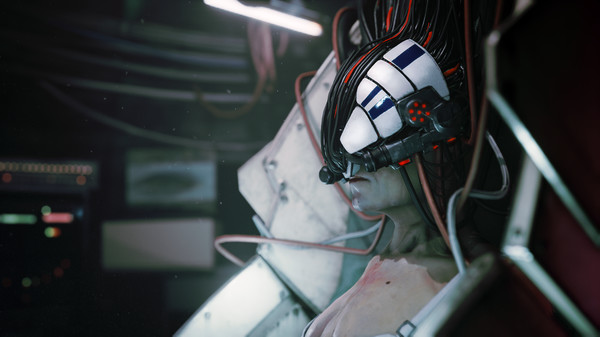


The Antikythera mechanism from 150 to 100 BC was designed to calculate the positions of astronomical objects.Ĭomplex mechanical devices are known to have existed in Hellenistic Greece, though the only surviving example is the Antikythera mechanism, the earliest known analog computer. This tradition continued in Alexandria with inventors such as the Greek mathematician Hero of Alexandria (sometimes known as Heron), whose writings on hydraulics, pneumatics, and mechanics described siphons, a fire engine, a water organ, the aeolipile, and a programmable cart. He had invented the world's first 'cuckoo clock'". Numerous water-powered automata were built by Ktesibios, a Greek inventor and the first head of the Great Library of Alexandria, for example he "used water to sound a whistle and make a model owl move. The automata in the Hellenistic world were intended as tools, toys, religious spectacles, or prototypes for demonstrating basic scientific principles.

OBSERVER SYSTEM REDUX 108 INSTALL
There are many examples of automata in Greek mythology: Hephaestus created automata for his workshop Talos was an artificial man of bronze Daedalus used quicksilver to install voice in his moving statues King Alkinous of the Phaiakians employed gold and silver watchdogs. According to Egyptian lore, pharaoh Hatshepsut dispatched her squadron to the "Land of Incense" after consulting with the statue of Amun. The statues would reply with a movement of the head. In the New Kingdom of Egypt, from the 16th century BC until the 11th century BC, ancient Egyptians would frequently consult these statues for advice. They were believed to have a soul (a kꜣ), derived from the divinity they represented. In ancient Egyptian legends, statues of divinities, mostly made of stone, metal or wood, were animated and played a key role in religious ceremonies. The book About automata by Hero of Alexandria (1589 edition)


 0 kommentar(er)
0 kommentar(er)
